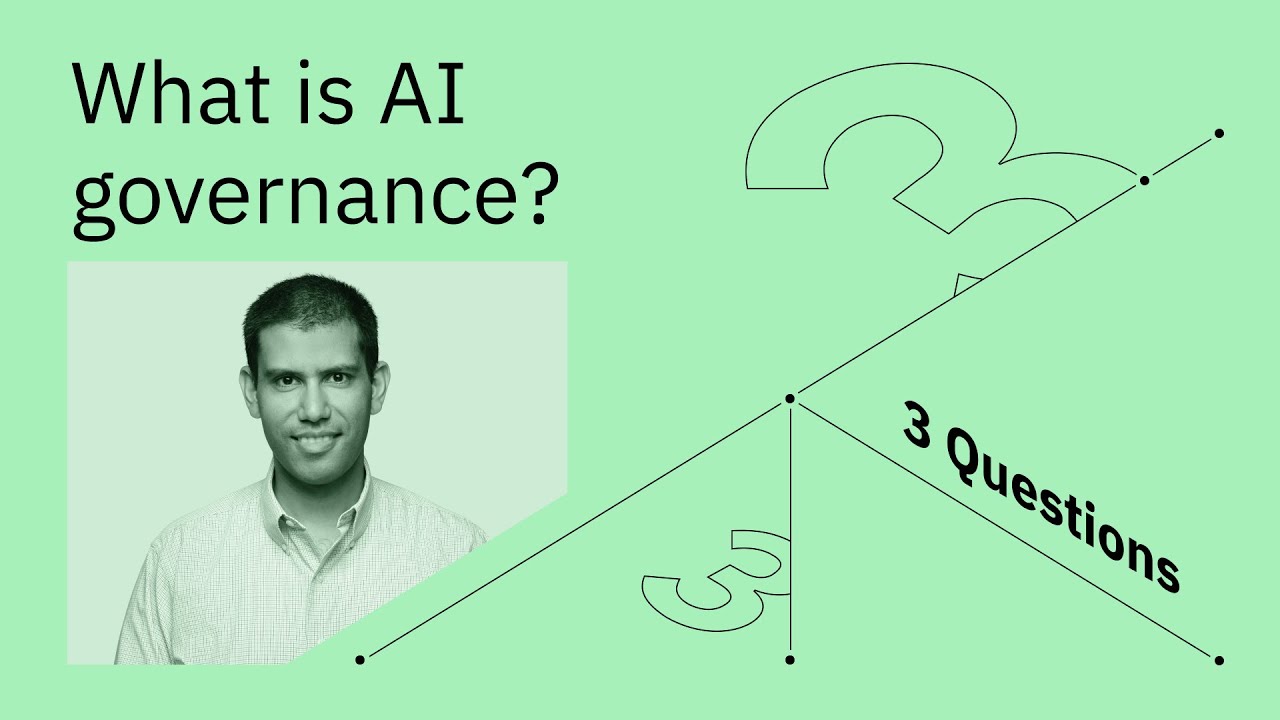
AI carries with it certain potential hazards, which include:
Risks in the Real World:
- Employment Displacement: AI-driven automation could result in job losses across a range of industries, with low-skilled workers being particularly vulnerable.
- Invasion of Privacy: The collection and analysis of large data sets by AI systems pose privacy threats, especially when used for surveillance and data mining purposes.
- Prejudice and Discrimination: Outcomes biased by AI algorithms can occur, such as increased error rates in facial recognition systems for women and people of color.
- Security Threats: There is a risk that AI systems could be exploited by malicious individuals to manipulate others for financial profit or political leverage.
Theoretical Risks:
- Harmful AI Programming: The potential use of AI for destructive purposes, like autonomous weapons designed to kill humans during warfare, represents a significant danger.
- Existential Dangers: Concerns arise from the creation of artificial general intelligence (AGI) that exceeds human intelligence due to possible unintended and potentially disastrous consequences if it doesn’t align with human values or priorities.
Additional Risks:
- Absence of Transparency: It can be difficult to comprehend how and why AI makes certain decisions, leading to issues with transparency and explainability.
- Reduction in Human Influence: An overdependence on AI technology might lead to a decrease in human influence and functionality in various societal aspects.
- Legal and Regulatory Hurdles: It’s essential to develop new legal structures and regulations to tackle unique problems emerging from AI technologies.
These risks underscore the need for responsible development, regulation, supervision, transparency, and accountability in AI to minimize any potential adverse effects on society or individuals.

